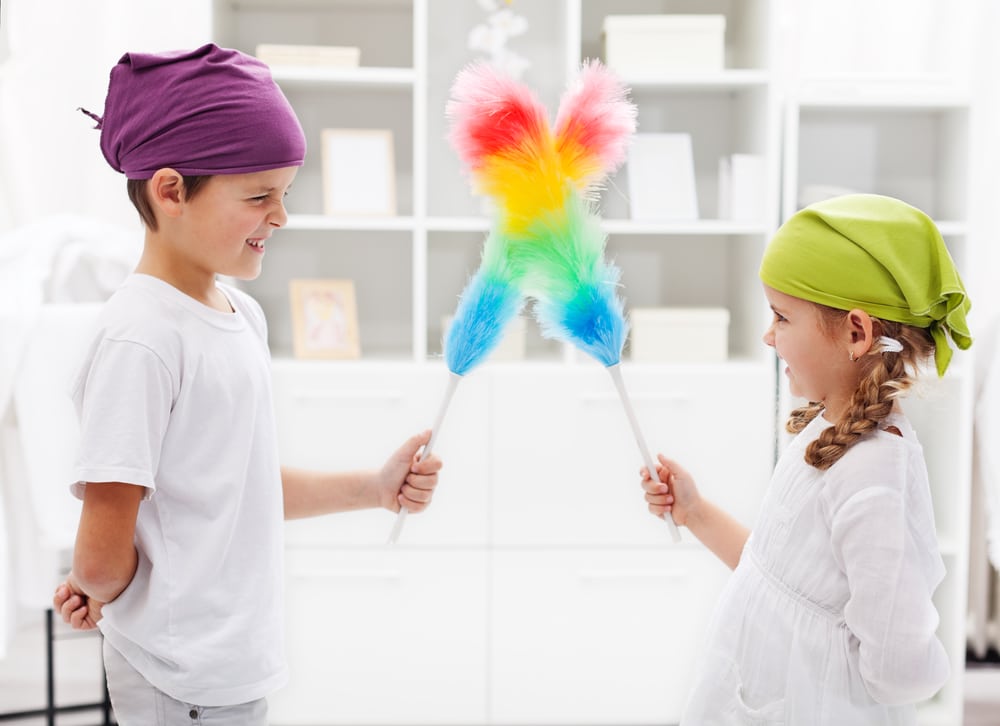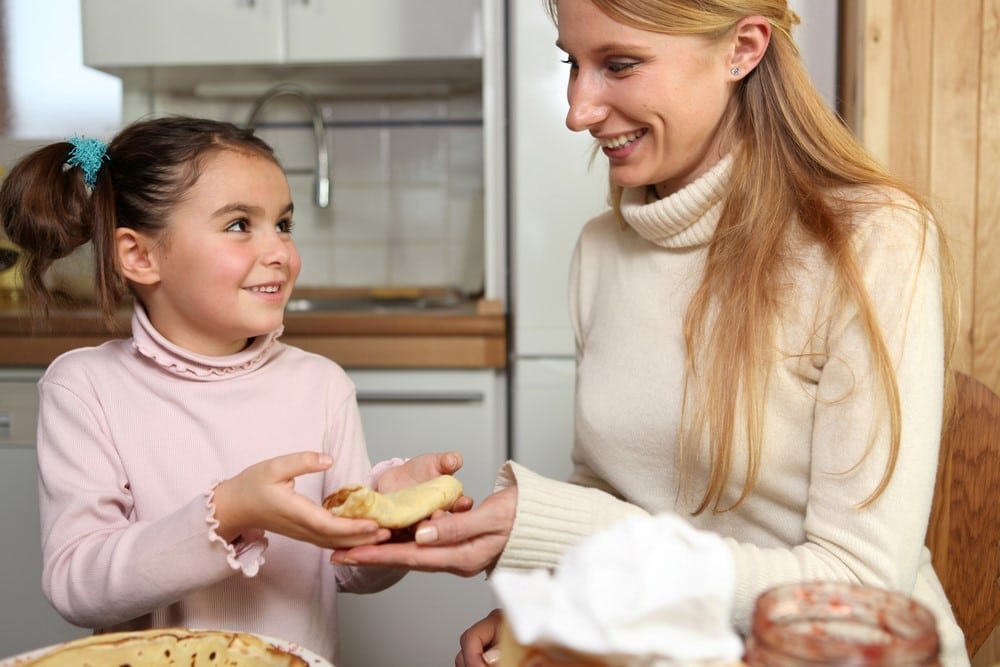The importance of STEM in preschool
In today’s society, where advancements in science and technology abound, it is no surprise that jobs in the STEM field have become increasingly in demand. In fact, jobs in science, technology, engineering, and math are expected to grow by about 9 percent between 2014 and 2024. As your child grows up and reaches the age when he or she is ready to enter the workforce, there will be more demand in these fields than ever before. That’s just one reason why it’s important for young children to build a strong foundation in these academic fields during their formative years.
Below are some more benefits of introducing STEM at the preschool level:
It sparks an early interest.
Preschool age children are constantly developing new interests, which is why it’s so important to capture their interest in STEM topics as early as possible. In fact, delaying the exposure could actually have negative consequences according to recent research. Studies have shown that by fourth grade, one-third of students have already lost interest in science and by eighth grade, nearly half of them have lost interest in it or considered it unnecessary for their future plans. Engaging a child’s interest in STEM early on could prevent this from occurring and could also lead to a lifelong passion for these subjects.
It sets them up for success.
Many early childhood experts agree that the sooner STEM subjects are introduced to a student, the more successful the students will be in those subjects in the future. These subjects in school turn into financially secure work options later in life. According to a report from the Bureau of Labor Statistics, 93 percent of jobs in the STEM field present wages that are higher than the average salary in the U.S.
It fosters neurological growth during the critical point.
From birth to age 5, children are at a critical point in neurological or brain development. These formative years are the perfect time to introduce children to the process of scientific inquiry because they are naturally so curious about how the world works. It is crucial for children to engage in active exploration and hands-on experiences in STEM during this sensitive period of development.
STEM Curriculum at Carpe Diem
At Carpe Diem Private Preschool, we offer an interdisciplinary approach to learning with STEM as one of our core components. The curriculum at Carpe Diem places an emphasis on math and science, unlike most other preschools which only focus on the child’s literacy skills and social-emotional development. Through hands-on rigorous exploration, our STEM-based curriculum is able to tap into the child’s natural curiosity.










